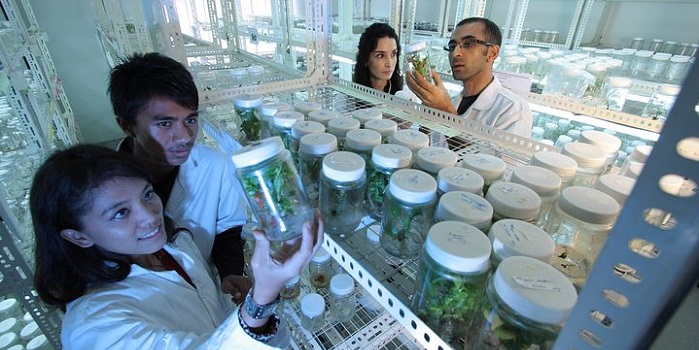
Ten simple rules to make the most out of your undergraduate research career (PLOS)
Blog, Careerpaths, Careers, Careers - Blog, Careers in Plant Science, Skills and Advice0 Comments
/
PLOS Computational Biology has a series of "Ten Simple Rules" articles.
Here is one for undergraduate researchers,
"Ten simple rules to make the most out of your undergraduate research career" by Megan Yu and Yu-Min Kuo
Here are the rules, read the article for elaboration
Rule 1:…
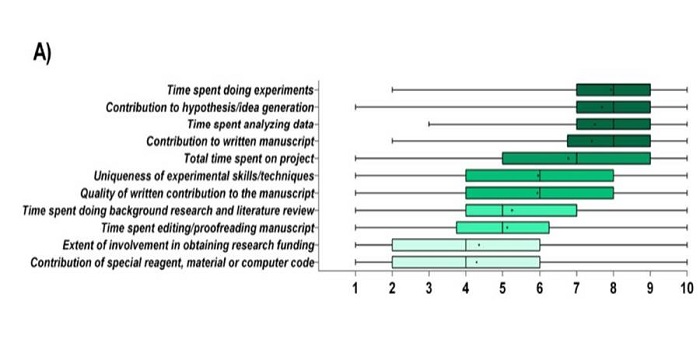
How do research faculty in the biosciences evaluate paper authorship criteria?
Plant Science Research Weekly, ResearchKassis asked biology, biomedical engineering and bioengineering faculty how important they considered several criteria for recognition as an author and rank on authorship list. A key finding is that, “Overall, there seemed to be a consensus that the time spent conducting experiments, coming up with…
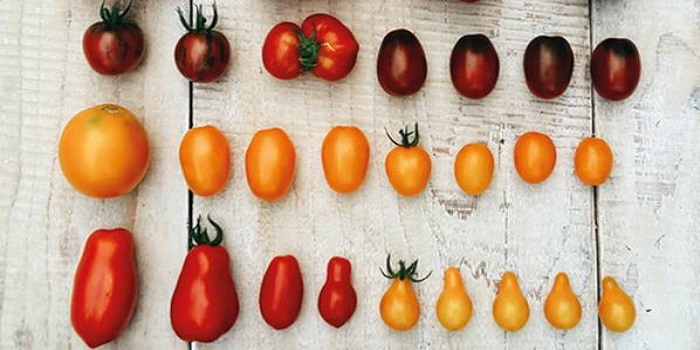
Nature Outlook Supplement: Food Security (OA)
Plant Science Research Weekly, ResearchNature has published an Outlook feature on the topic of Food Security with the following overview articles, all useful for teaching:
Food security, Nutrition: A world of insecurity, Agrobiodiversity: The living library, Bioengineering: Solar upgrade, Egypt: Space to grow, Perspective:…
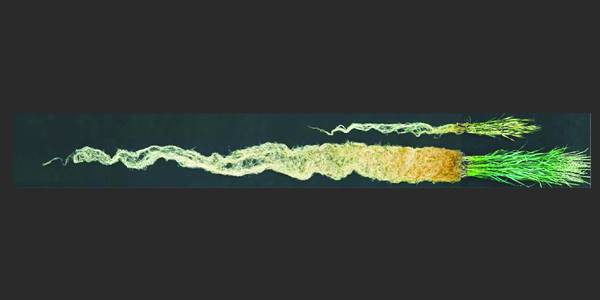
Review: Can modern agriculture be sustainable? Perennial polyculture holds promise
Plant Science Research Weekly, ResearchMost of our major food crops are annuals, started from seed each year and fully harvested to collect the seeds at the end of their short growing season. By contrast, perennial crops are longer lived, and only partially harvested, so their biomass can increase from year to year. The larger root system…
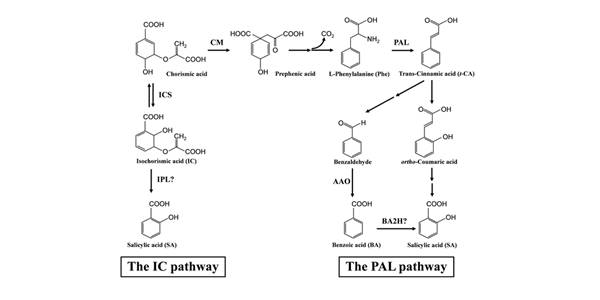
Review: How multifaceted salicylic acid combats disease in plants and humans
Plant Science Research Weekly, ResearchThe journal BMC Biology publishes occasional Question and Answer articles, including a series on plant signals. In the latest installment of this series, Dempsey and Klessig write about the hormone salicylic acid (SA) and how it combats disease in plants and humans. The article focuses on SA in plants…
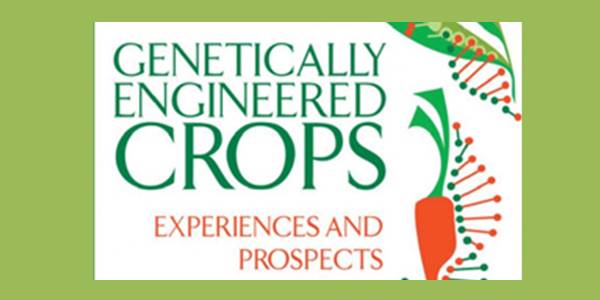
Correspondence: Discussion about the US National Academies GE crop report ($)
Plant Science Research Weekly, ResearchA series of letters has been published in Nature Biotechnology on the topic of the US National Academies report Genetically Engineered Crops: Experiences and Prospects. From Dec 2016, US National Academies report misses the mark. In the April 2017 issue, authors of the report and others reply to the…

How to make a DNA Bracelet
Activities, Activities, Blog, Education, Education General, MHS Activities, Middle & High School, UndergraduateCross-posted from Kelsey Wood with permission. Kelsey is a PhD student at U.C. Davis.
How to make a DNA bracelet, from any organism and any gene!
I study plant-pathogen interactions, so I chose to make a sequence from a wild tobacco gene that is important for plant defense against pathogens.
What…
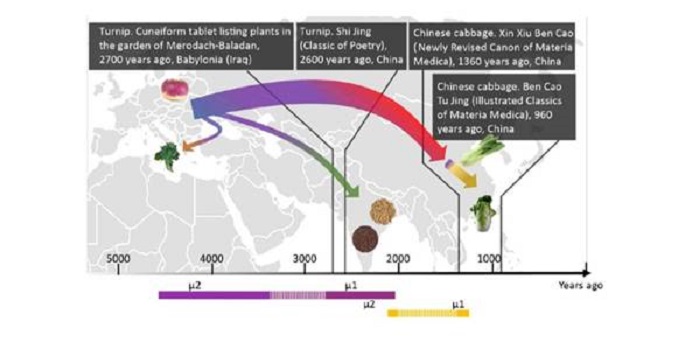
Genomic inferences of domestication events are corroborated by written records in Brassica rapa ($)
Plant Science Research Weekly, ResearchThere are many subspecies of Brassica rapa [including turnip (subsp. rapa) pak choi (subsp. chinensis) and Chinese cabbage (subsp. pekinensis)] but the relationships between the subspecies has remained uncertain. Qi et al. sequenced 143 accessions, including some subspecies for the first time. They then…

CrowdCurio: an online crowdsourcing platform for climate change studies using herbarium specimens ($)
Education, Plant Science Research Weekly, ResearchCrowdsourcing leverages the inputs, ideas and talents of many people in parallel to achieve a goal. Crowdsourcing or “citizen science” can also be an effective approach for science outreach that engages the public by enabling them to collect and analyze data. Willis et al. have developed and assessed…

